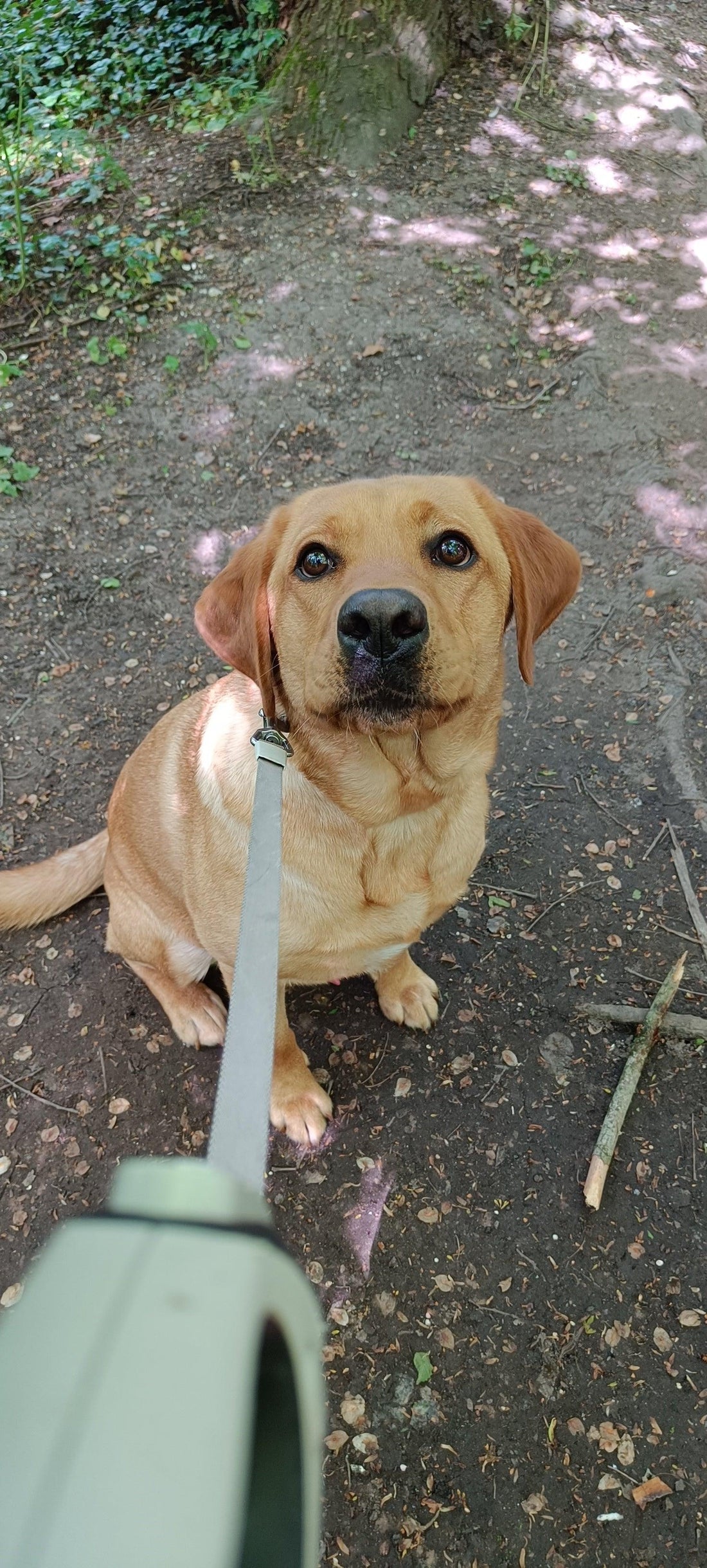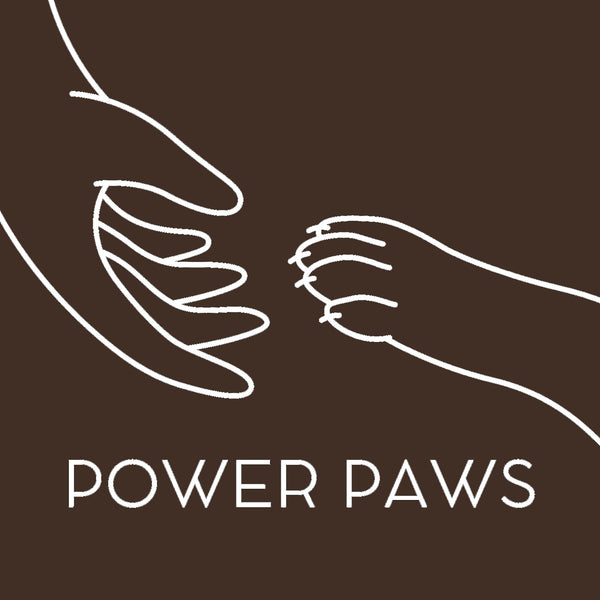
Leash encounters
Simone HendriksenShare
Walking your dog is not only a daily obligation, but also an opportunity for social interaction with other dogs. However, leashed encounters between dogs can sometimes be stressful situations, both for the dog and their owners. In this article, I will explain why this is the case, and share tips to make them safe and positive.
Let's first look at how an ideal meeting between dogs goes. It is important that both dogs are off leash, so that they can decide for themselves whether they want to sniff each other. The meeting goes at their own pace and the dogs can end the meeting at any time by walking away. Can you see how much that differs from a meeting on a leash?
I will now discuss some points why you should avoid a leashed encounter:
-
Limited freedom of movement
When dogs are on a leash, they are of course not as free as when they are off the leash. In the event of stress, a dog can choose to flee, fight or freeze. When your dog is on a leash, you take away the opportunity to flee. This restriction can lead to stress and frustration, which can increase the chance of aggressive reactions. In a leash encounter situation, the dog can feel forced to fight or flee, of which 1 of the options is taken away. The chance that your dog will choose to fight is therefore increased in tense situations.
-
Lack of social cues
Dogs communicate primarily through body language and scent. When they are on a leash, their natural way of communicating is limited. As owners, we want our dogs to sniff, and we don’t really take into account what our dog wants. By walking towards another dog with our dog, the dogs cannot interpret each other’s body language properly. This can lead to misunderstandings and conflicts.
-
Increased tension among owners
Dog owners can become tense and nervous when they encounter another dog during a walk. This can be due to a previous bad experience, for example. This tension is transferred to the dog by the leash, because tense owners often hold the leash shorter and tighter. In addition to other dogs picking up on these emotions and reacting to them by displaying defensive or aggressive behavior, your own dog can also lash out because of this tension. Your dog feels the tension and notices that you are nervous. This is a signal that you are not in control of the situation and your dog can then display protective behavior.
-
Undesirable behavior patterns
Repeated encounters on a leash can develop unwanted behavior patterns in dogs. If a dog has multiple negative experiences with encounters on a leash, this can result in fear or aggressive behavior, even when the dog is later allowed to walk around freely. It is therefore very important to be aware of the situation and how the dogs behave before you let them meet.
"But they can sniff around, right?" is a question that may have occurred to you. There is certainly some truth in that! The points just discussed show that a leashed meeting is not always a good idea. Even though your own dog may be very well trained and social towards other dogs, that is no guarantee that a meeting will go well. After all, we do not know how the other party will react. So be considerate of each other!
-
Understand dog behavior
Before you put your dog on a leash and go outside, it is essential to understand dog behavior. Dogs communicate primarily through body language. Tail position, ears, body posture, and facial expressions are all important signals that indicate how a dog is feeling. Learn to recognize these (stress) signals to understand the mood of your own dog and that of other dogs.
-
Respect each other's space
Not all dogs are equally social. Some can react fearfully or aggressively to strange dogs. Respect other people's space by keeping your dog under control, especially if you notice that other dogs prefer to keep their distance.
-
Choose the right location
Preferably choose quiet areas for leashed encounters. Busy streets can be overwhelming for dogs and increase the chance of conflict. Parks with designated dog zones are often suitable places, where dogs can be social without the disturbance of other passers-by.
-
Keep the line relaxed
A tight leash can cause tension in your dog and lead to unwanted behavior. Keep the leash relaxed and give your dog enough space to move and sniff. This promotes a positive experience during encounters. By giving your dog enough space, you also give your dog the opportunity to avoid or stop the encounter.
-
Guide the Interaction
Keep the meetings short and guide the interaction between dogs. If the dogs seem to accept each other, let them sniff together for a while. However, always pay attention to body language and intervene if either dog starts to feel uncomfortable.
-
Training
An obedient dog is less likely to engage in unwanted behavior during encounters. Work on basic commands such as sit, stay, and come, so that you are able to respond quickly and effectively in different situations.
Conclusion
It is important to keep dogs on a leash to ensure the safety of both your dog and those around you. Therefore, you should also be aware of the potential risks of leashed encounters. Work on properly socializing your dog and giving them the opportunity to interact with other dogs in a safe manner. Being aware of your surroundings and taking the proper precautions can help create a positive and safe encounter environment for your dog. Understanding dog behavior, choosing appropriate locations, and guiding the interaction are crucial steps to ensuring that both dogs and their owners have positive social experiences while on a walk.
Have Do you have trouble reading body language or had an unpleasant experience while walking ? Don't hesitate to contact to record, I am happy to help you to go outside relaxed again!
